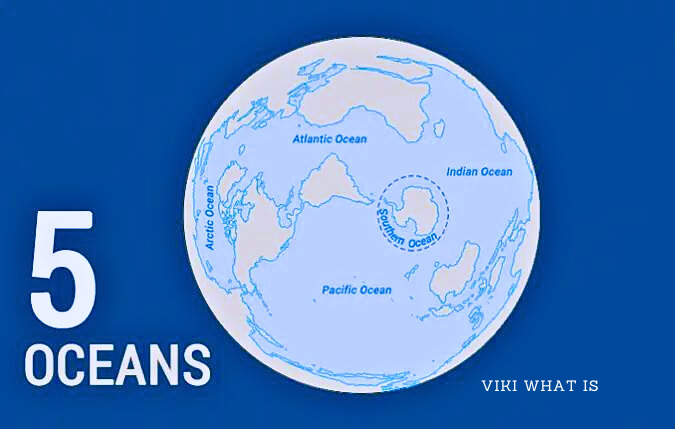The Earth is home to five magnificent oceans: the Atlantic Ocean, the Indian Ocean, the Southern Ocean, the Arctic Ocean, and the Pacific Ocean. Each of these oceans is unique, with distinct characteristics, marine life, and geological features. Historically, there are four named oceans now recognized the Southern (Antarctic) as the fifth ocean. The Pacific, Atlantic, and Indian are the most commonly known. The Southern Ocean is the ‘newest’ named ocean.
Exploring Earth’s Oceans
How Many Oceans in the World?
The Earth is home to five magnificent oceans:
| Ocean | Location |
| Atlantic Ocean | Between Americas to the west and Europe & Africa to the east |
| Indian Ocean | Bordered by Africa, Asia, Australia, and the Indian subcontinent |
| Southern Ocean | Surrounding Antarctica |
| Arctic Ocean | Around the Arctic region |
| Pacific Ocean | Stretching from eastern Asia to western Americas |
Each ocean is unique, with distinct characteristics, marine life, and geological features. Let’s embark on a journey to understand them better.
The Atlantic Ocean: Where East Meets West
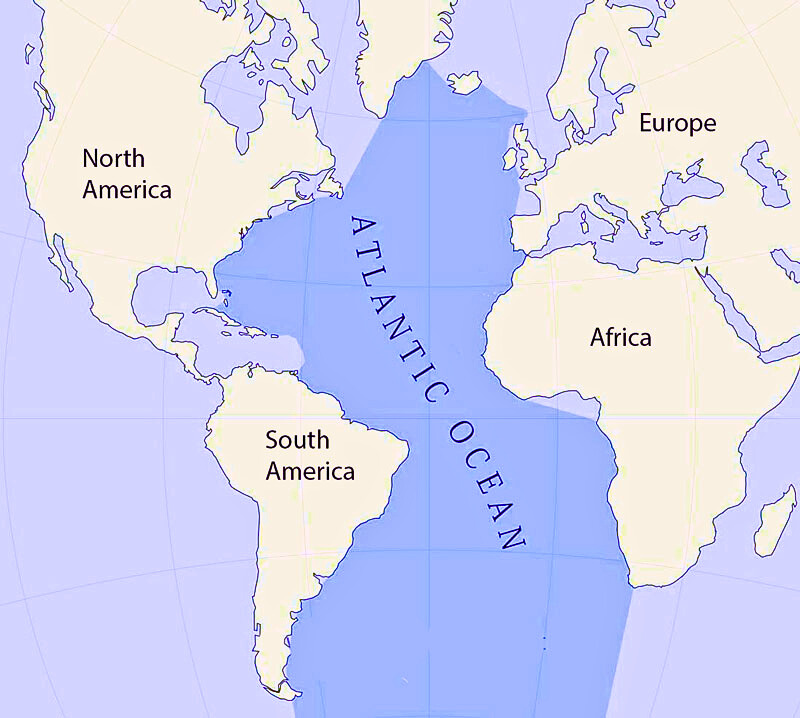
Situated between the Americas to the west and Europe and Africa to the east, the Atlantic Ocean is the second-largest ocean on Earth. Its vastness not only connects continents but also harbors diverse marine life, making it a vital part of our global ecosystem.
The Indian Ocean: Nature’s Treasure Trove
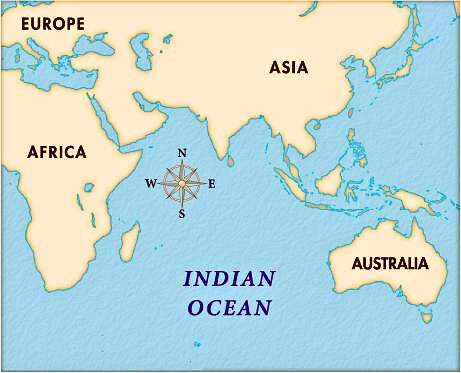
Bordered by Africa, Asia, Australia, and the Indian subcontinent, the Indian Ocean is renowned for its rich biodiversity and vibrant coral reefs. It is the warmest ocean and hosts a myriad of marine species, some of which are found nowhere else on Earth.
The Southern Ocean: Antarctica’s Protector
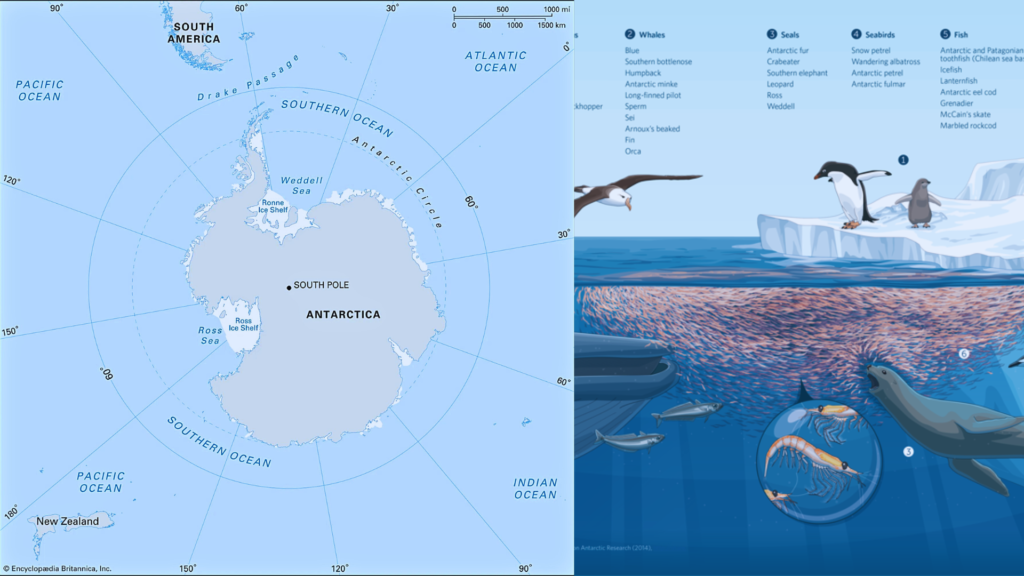
Surrounding the continent of Antarctica, the Southern Ocean is unique because it’s the youngest of the five oceans. Despite being the smallest, it plays a crucial role in regulating the Earth’s climate and is home to a variety of cold-water species, including penguins and seals.
The Arctic Ocean: Earth’s Northernmost Frontier
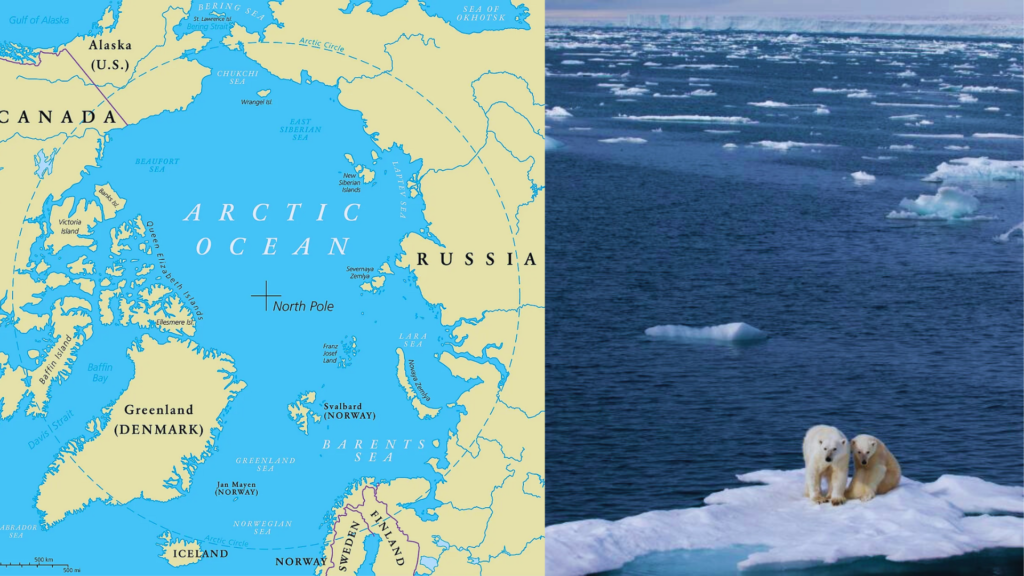
Nestled around the Arctic region, the Arctic Ocean is the smallest and shallowest of the five oceans. It’s covered by ice most of the year, making it a challenging environment for both humans and marine life. However, it’s a habitat for species like polar bears, walruses, and various fish.
The Pacific Ocean: Earth’s Largest and Deepest Ocean
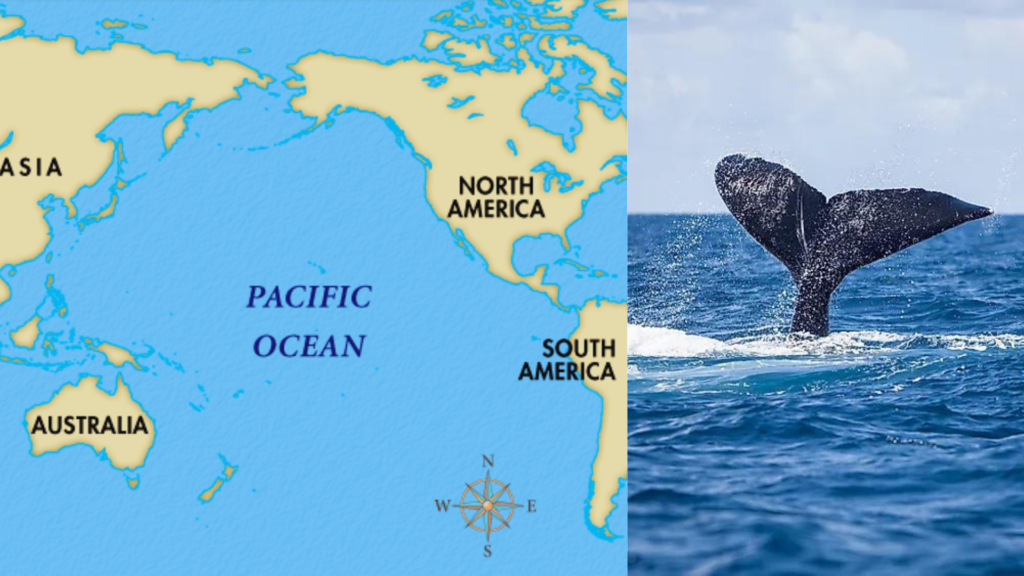
Stretching from the eastern coast of Asia to the western coast of the Americas, the Pacific Ocean is the largest and deepest ocean on our planet. Its vastness is home to diverse cultures, and its depths hide mesmerizing marine life, including the magnificent blue whale, the largest creature on Earth.
Unveiling Earth’s Oceans: A Comprehensive Overview
Defining Oceans
Oceans, in geographical terms, are immense bodies of saltwater that cover the majority of Earth’s surface. They are distinguished from other water bodies like seas and lakes by their vastness, depth, and the presence of tides. Oceans are crucial components of Earth’s hydrological cycle, playing a pivotal role in regulating climate and supporting diverse marine life.
Characteristics of Oceans
- Vastness: Oceans cover about 71% of the Earth’s surface, making them the largest water bodies on our planet.
- Depth: The oceans are incredibly deep, with the Mariana Trench in the Pacific Ocean being the deepest known part of Earth’s seabed.
- Salinity: Oceans have a higher salt content compared to other water bodies, making them saline in nature.
- Tides: Oceans experience regular tidal movements due to the gravitational pull of the Moon and the Sun.
Importance of Oceans
Oceans serve as the Earth’s lungs, producing a significant portion of the world’s oxygen through marine plants like phytoplankton. They also act as global heat reservoirs, absorbing and distributing heat around the planet, thereby influencing weather patterns and climate.
Conclusion: Preserving Our Oceans for Future Generations
As we conclude our journey through the world’s oceans, let us remember the crucial role these vast bodies of water play in sustaining life on Earth. It is our collective responsibility to preserve and protect these precious ecosystems for future generations. By understanding, appreciating, and conserving our oceans, we ensure a sustainable planet for all.
Read also: How Many World Cup India Won: A Journey to Cricket Glory
Oceans regulate the climate, provide sustenance for millions of people, and are a source of immense biodiversity. They also absorb carbon dioxide, playing a vital role in mitigating climate change.
The Southern Ocean acts as a natural barrier, regulating the flow of ocean currents and influencing global weather patterns. It also sustains unique species found nowhere else on Earth.
Yes, scientists believe there are numerous undiscovered species in the oceans, particularly in the deep sea. Ongoing research continues to unveil new and fascinating marine life.
The Pacific Ocean’s Mariana Trench is the deepest known part of any ocean, reaching a staggering depth of approximately 36,070 feet (10,994 meters).
Oceans face threats such as overfishing, pollution, climate change, and habitat destruction. These challenges endanger marine life and disrupt the delicate balance of our planet’s ecosystems.
Yes, oceans influence weather patterns through phenomena like El Niño and La Niña, affecting rainfall, temperature, and storm patterns globally.
